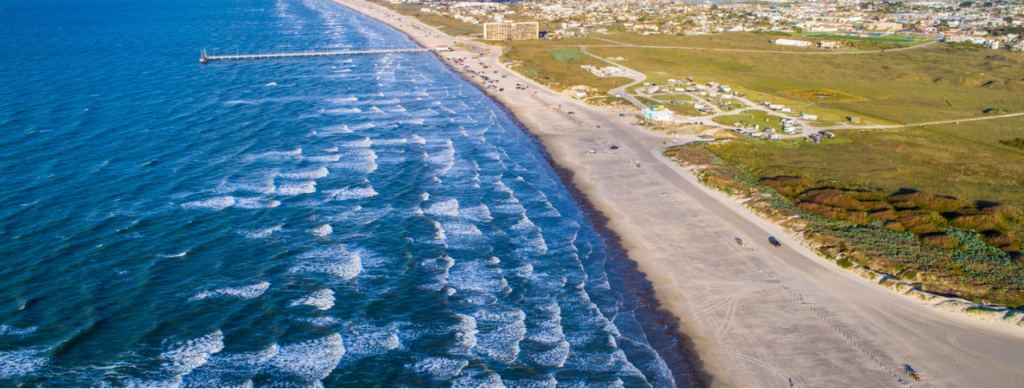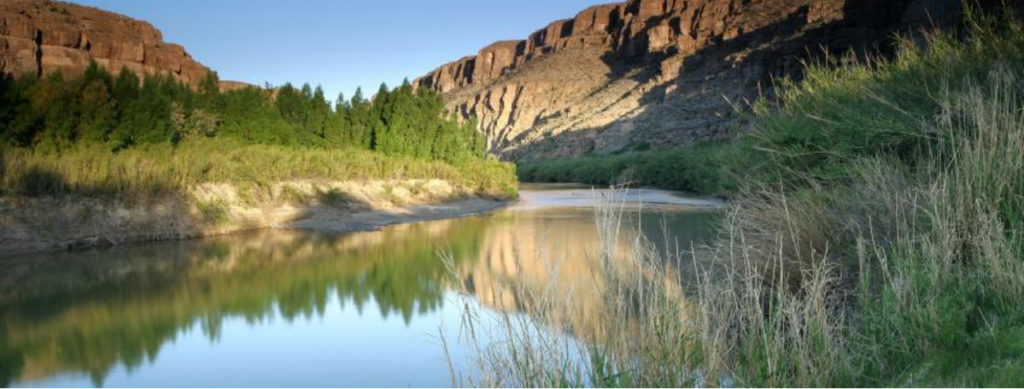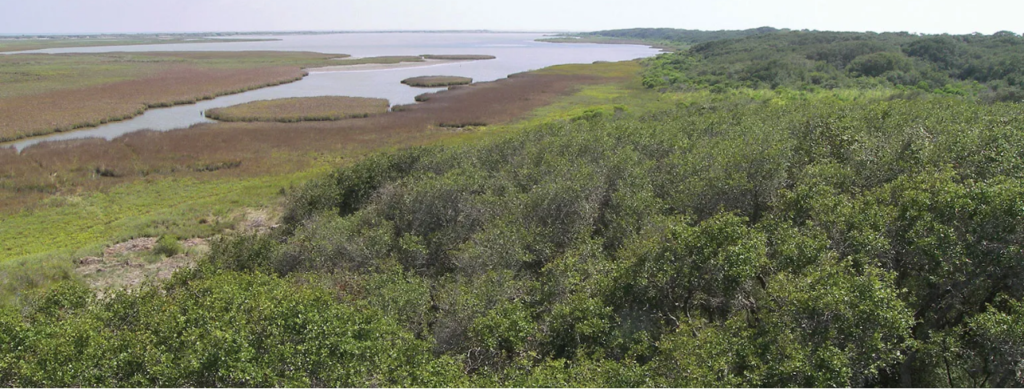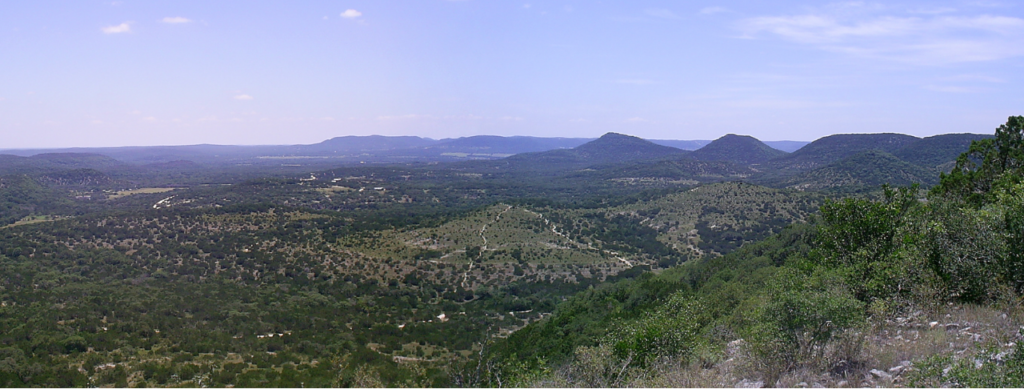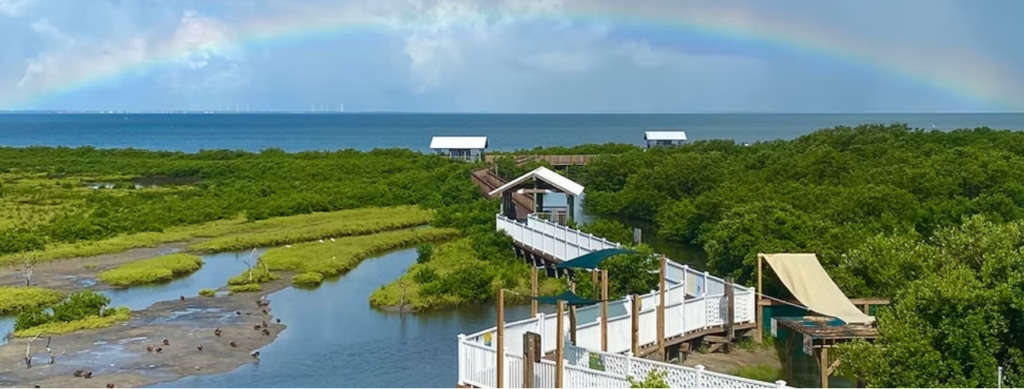TEXAS
A Guide to One of America’s Best Birdwatching States
California is a dream destination for birdwatchers. With its towering redwoods, sun-drenched coastlines, vast deserts, and snow-capped mountains, the Golden State offers some of the most diverse habitats in the United States. Whether you’re a beginner with binoculars or a seasoned birder with a checklist, there’s something for everyone here.
From the Pacific Flyway to the Sierra Nevada, California attracts over 600 recorded bird species each year. That makes it one of the top birding states in the country. In this guide, we’ll explore the best spots, notable species, and tips to help you make the most of your birdwatching adventures in California.
Best Birding Spots in Texas
1. High Island (Gulf Coast)
California is a dream destination for birdwatchers. With its towering redwoods, sun-drenched coastlines, vast deserts, and snow-capped mountains, the Golden State offers some of the most diverse habitats in the United States. Whether you’re a beginner with binoculars or a seasoned birder with a checklist, there’s something for everyone here.
From the Pacific Flyway to the Sierra Nevada, California attracts over 600 recorded bird species each year. That makes it one of the top birding states in the country. In this guide, we’ll explore the best spots, notable species, and tips to help you make the most of your birdwatching adventures in California.
2. Santa Ana National Wildlife Refuge (Rio Grande Valley)
Located near the U.S.–Mexico border, this refuge is a tropical paradise for birders. It’s one of the best places to see South Texas specialties like Green Jays, Plain Chachalacas, Altamira Orioles, and Groove-billed Anis. Boardwalks and observation towers give great views of the forest and wetlands.
3. Big Bend National Park (West Texas)
For mountain and desert birding, Big Bend is a must-visit. Look for Colima Warblers in the Chisos Mountains, as well as Lucifer Hummingbirds, Gray Vireos, and Montezuma Quail. The remote landscape adds to the adventure, with over 450 species recorded in the region.
4. Aransas National Wildlife Refuge (Central Coast)
This is the winter home of the endangered Whooping Crane, making it a prime destination for crane watchers. The coastal marshes also host herons, roseate spoonbills, and shorebirds. A boat tour along the Intracoastal Waterway offers the best crane sightings.
5. Balcones Canyonlands National Wildlife Refuge (Hill Country)
This scenic refuge protects the breeding habitat of the Golden-cheeked Warbler and Black-capped Vireo—two endangered songbirds found almost exclusively in Texas. Spring and early summer are the best times to see these Hill Country favorites.
6. South Padre Island Birding and Nature Center (Gulf Coast)
A top spot during spring and fall migration, this site features boardwalks and observation decks over wetlands and dunes. Look for Reddish Egrets, Black Skimmers, and migrating warblers. Nearby beaches also attract gulls, terns, and shorebirds.
Birds to Watch For
- Scissor-tailed Flycatcher – This flashy bird with a long, forked tail is one of Texas’s most iconic summer residents. Look for it perched on fences and power lines in open fields.
- Green Jay – A South Texas specialty, the Green Jay is bright, noisy, and unforgettable. You’ll find it in the tropical woodlands of the Rio Grande Valley.
- Golden-cheeked Warbler – Found only in Texas, this endangered warbler nests in the oak-juniper woodlands of the Hill Country. Its bold yellow face and black throat make it stand out.
- Black-capped Vireo – Another Texas endemic, this small vireo prefers scrubby habitats and is also listed as endangered. It’s most often seen at Balcones Canyonlands and nearby preserves.
- Whooping Crane – One of North America’s rarest birds, Whooping Cranes winter along the central Texas coast. Aransas National Wildlife Refuge is the best place to spot them.
- Painted Bunting – A favorite among birders for its rainbow colors, the Painted Bunting is common in summer across eastern Texas. Males are especially striking.
- Plain Chachalaca – This large, ground-dwelling bird has a chicken-like appearance and loud, cackling calls. It’s unique to South Texas and parts of Mexico.
- Crested Caracara – Often seen walking on the ground, this striking bird of prey with a bold face and orange bill can be found in open country and ranchlands.
- Roseate Spoonbill – These pink, spoon-billed waders add color to coastal marshes and estuaries. They’re most common along the Gulf Coast.
- Lucifer Hummingbird – Rare and desert-adapted, this hummingbird is a prize sighting in West Texas, especially near Big Bend and the Davis Mountains.
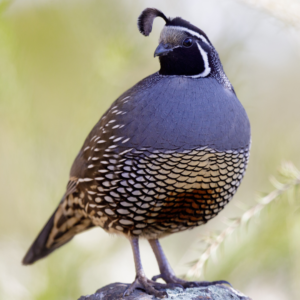
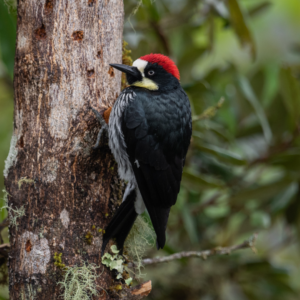
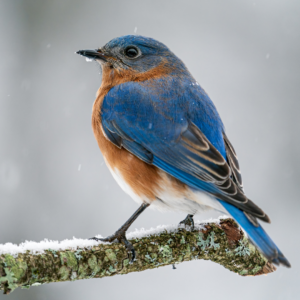
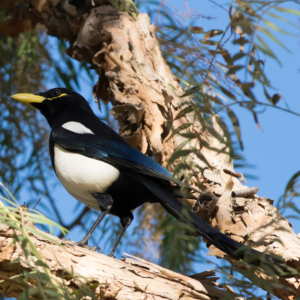
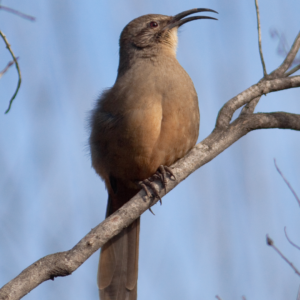
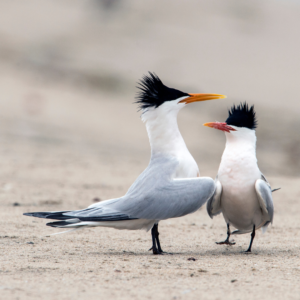

Best Times for Birding
- Spring (March to May) – This is peak migration season in Texas. Millions of birds pass through the state along the Central and Mississippi Flyways. Look for colorful warblers, shorebirds, and hummingbirds heading north.
- Summer (June to August) – Breeding season brings many resident birds into full song and display. It’s a great time to see Painted Buntings, Scissor-tailed Flycatchers, and wading birds with chicks in coastal rookeries.
- Fall (September to November) – Migration picks up again as birds head south. Hawk watchers will enjoy peak raptor movement, especially along the coast and in the Hill Country.
- Winter (December to February) – The Gulf Coast and South Texas are hotspots for wintering birds like ducks, cranes, and tropical species. It’s the best season to spot Whooping Cranes and Green Jays.
Tips for Birding in Texas
- Bring a spotting scope – Texas has many large wetlands and wide-open prairies where birds can be distant. A scope helps spot waterfowl, shorebirds, and raptors.
- Visit multiple regions – From piney woods to deserts to barrier islands, Texas habitats are incredibly varied. Each region hosts unique bird species.
- Use local hotspots – Apps like eBird and resources from Texas Parks and Wildlife highlight great birding locations across the state.
- Stay cool and hydrated – Texas heat, especially in summer, can be intense. Wear sun protection, bring water, and plan early morning outings.
- Watch for rare sightings – Texas often attracts Mexican vagrants and tropical species. Keep your eyes open for surprises, especially in the Lower Rio Grande Valley.
Birding in Texas is Big, Bold, and Unforgettable
Texas is a birdwatcher’s paradise. With more recorded species than any other U.S. state, it’s a must-visit for anyone serious about birding. From the lush Rio Grande Valley and its tropical specialties to the arid beauty of West Texas, every region offers unique habitats and stunning avian life.
Whether you’re spotting colorful buntings in spring or watching raptor migrations in fall, Texas delivers unforgettable experiences year-round. Don’t forget your field guide, a good pair of binoculars, and a spirit of adventure—the skies of Texas are calling.

